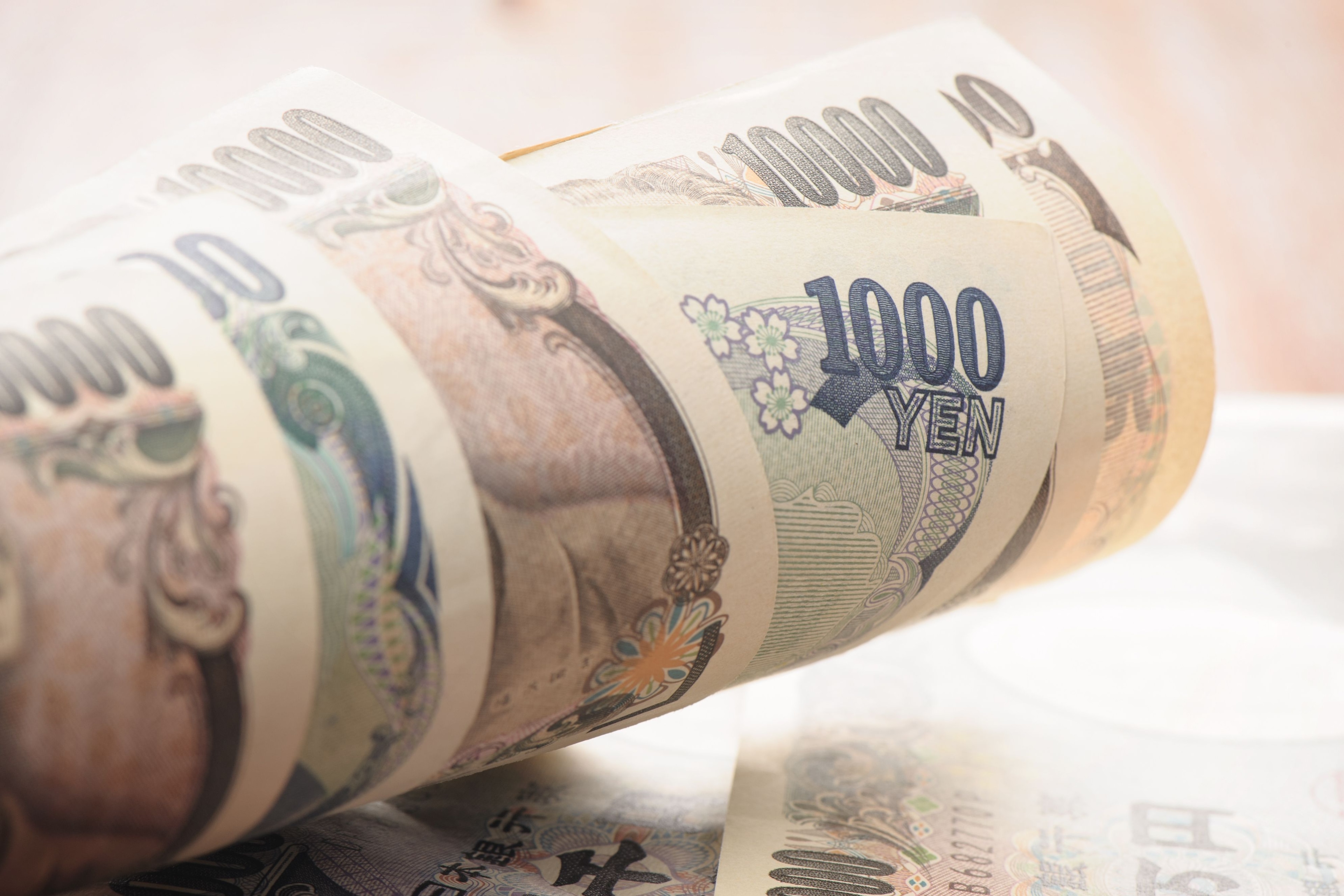
They say you always remember your first time.
Don’t worry this isn’t going where you think it might be going, as I’m talking about the first time I saw a central bank intervene, back in the day when I was a young trainee dealer.
Why am I telling you this? Because it’s an important lesson in how to view central bank intervention and this morning’s news that the Bank of Japan rate checked the USD/JPY price, driving it back down from the previous highs this month at 145.00.
The bigger question is whether the Bank of Japan, in checking rates on the yen, has called the top in the USD/JPY rate. The short answer to that question is no it hasn’t, but it might have slowed it down.
Let me elaborate further.
It was the summer of 1988 and I was sitting next to the USD/DEM trader in my first role on a trading floor, and the Bundesbank and other European central banks intervened to sell US dollars pushing the greenback below 1.80DM and 130.00 USD/JPY.
I remember commenting at the time that perhaps we should go short US dollars because central banks were intervening to drive the US dollar lower.
I’m tempted to say Ian, who was the DEM trader, looked at me rather witheringly, but to be fair he just said, “Michael it doesn’t really work like that” and he went on to show me why.
I remember there was a small bid in one of the brokers and he hit that, selling a couple of million US dollars in the process.
We then spent the next hour watching the US dollar go back up, losing a few thousand dollars in the process, as the US dollar ended the day back above 133 yen and 1.8200 against the Deutschemark.
It was only a small loss on a single position and Ian did finish the day in profit, but my early experience of sitting with him taught me a lot about how markets work.
It’s fair to say I learnt a lot from that experience, and from him, and its stayed with me ever since, and stood me in good stead a few years later when the Bank of England tried and failed to support the pound in 1992 when sterling fell out of the Exchange Rate Mechanism.
While today’s intervention by the Bank of Japan has seen the US dollar fall back sharply, the timing was also good in that it came as the USD was pulling back, after trying and failing to break above the previous peaks this month at 144.99, thus in effect establishing an effective resistance level at 145.00.
It will also make traders much more cautious about pushing their luck when it comes to positioning for further US dollar gains through 145.00 towards 150.00.
The one thing about a central bank checking rates is it’s the second cheapest way of trying to slow the rise or fall in the value of a currency, without spending any money. The first is jawboning, or talking the currency up or down. The Bank of Japan has now done both of these things.
The most effective method in order to establish how concerned a central bank is about the value of its currency is actual intervention, and the act of buying or selling US dollars on a concerted basis. The last time the Bank of Japan intervened on a concerted basis was back in 1998, 24 years ago in the midst of the Asia financial crisis, when the Japanese yen fell sharply.
This means the bar to successful intervention is likely to be quite high.
We aren’t there yet, and with the Bank of Japan due to meet next week, Japanese authorities may be teeing the markets up for a possible shift in monetary policy.
This is important in the context of the Bank of Japan’s current monetary policy stance. The main reason the Japanese yen is this weak is because of the current policy stance of the BoJ, and the fact that rates are negative at -0.1%.
If they intervene now at a time without altering their current monetary policy settings they might just as well set fire to the US dollars they offload. It may slow the decline in the yen down, but it won’t stop it.
The market will go where it wants to go within the current confines of monetary policy of the respective central banks, and with the Federal Reserve and Bank of Japan both meeting next week what happens then will most likely determine where we go to next.
As Ian and I found out back in 1988 central bank intervention merely provided a dip buying opportunity, while in 1992 the Bank of England provided an opportunity to get short for a sharp move lower.
As with anything when trading the markets, whether you be a newbie or an experienced trader, trade the levels and be aware of risk management at all times.
Central bank intervention should be treated as just another form of noise. A trader needs to pick his or her levels, and set their stop losses and take profits accordingly.
Disclaimer: CMC Markets is an execution-only service provider. The material (whether or not it states any opinions) is for general information purposes only, and does not take into account your personal circumstances or objectives. Nothing in this material is (or should be considered to be) financial, investment or other advice on which reliance should be placed. No opinion given in the material constitutes a recommendation by CMC Markets or the author that any particular investment, security, transaction or investment strategy is suitable for any specific person. The material has not been prepared in accordance with legal requirements designed to promote the independence of investment research. Although we are not specifically prevented from dealing before providing this material, we do not seek to take advantage of the material prior to its dissemination.






















